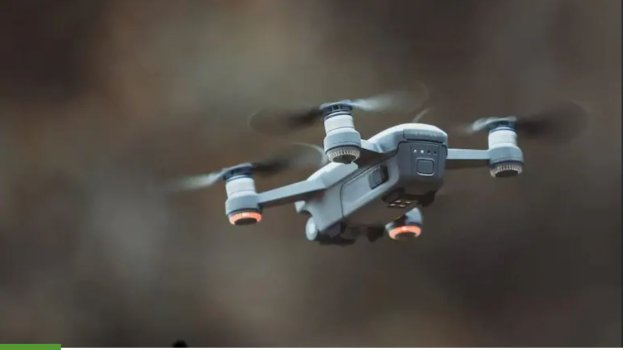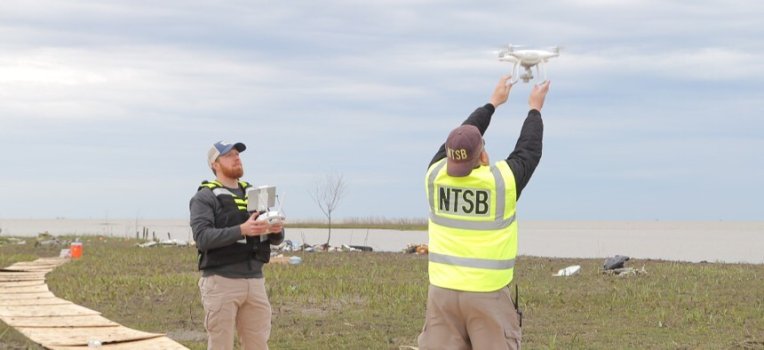Future of Email Marketing: Can AI Write Our Emails?
- IT Business Management
- 0 Replies
The email has always been an integral part of digital marketing because of its affordability and direct approach. The 21st century is witnessing a trend where systems are automated with the help of artificial intelligence, and that includes email marketing. Aquibur Rahman, CEO of Mailmodo, explores the role and scope of AI in email marketing.
AI in email marketing can have several unique benefits, such as higher conversion rates, personalization, automation, and data analysis. The use case of AI in email marketing is rapidly growing among email marketers. This post will help you understand the present scope and potential applications of AI in email marketing.
How Has AI Started Entering Email Marketing?
Artificial intelligence has streamlined the entire process of email marketing to minimize the fault lines and maximize returns. Here, AI can be used as an umbrella term for varied technologies that allow machines to understand, adapt and process information.
Continue reading: https://www.toolbox.com/tech/artificial-intelligence/guest-article/future-of-email-marketing-can-ai-write-emails/
AI in email marketing can have several unique benefits, such as higher conversion rates, personalization, automation, and data analysis. The use case of AI in email marketing is rapidly growing among email marketers. This post will help you understand the present scope and potential applications of AI in email marketing.
How Has AI Started Entering Email Marketing?
Artificial intelligence has streamlined the entire process of email marketing to minimize the fault lines and maximize returns. Here, AI can be used as an umbrella term for varied technologies that allow machines to understand, adapt and process information.
Continue reading: https://www.toolbox.com/tech/artificial-intelligence/guest-article/future-of-email-marketing-can-ai-write-emails/

























